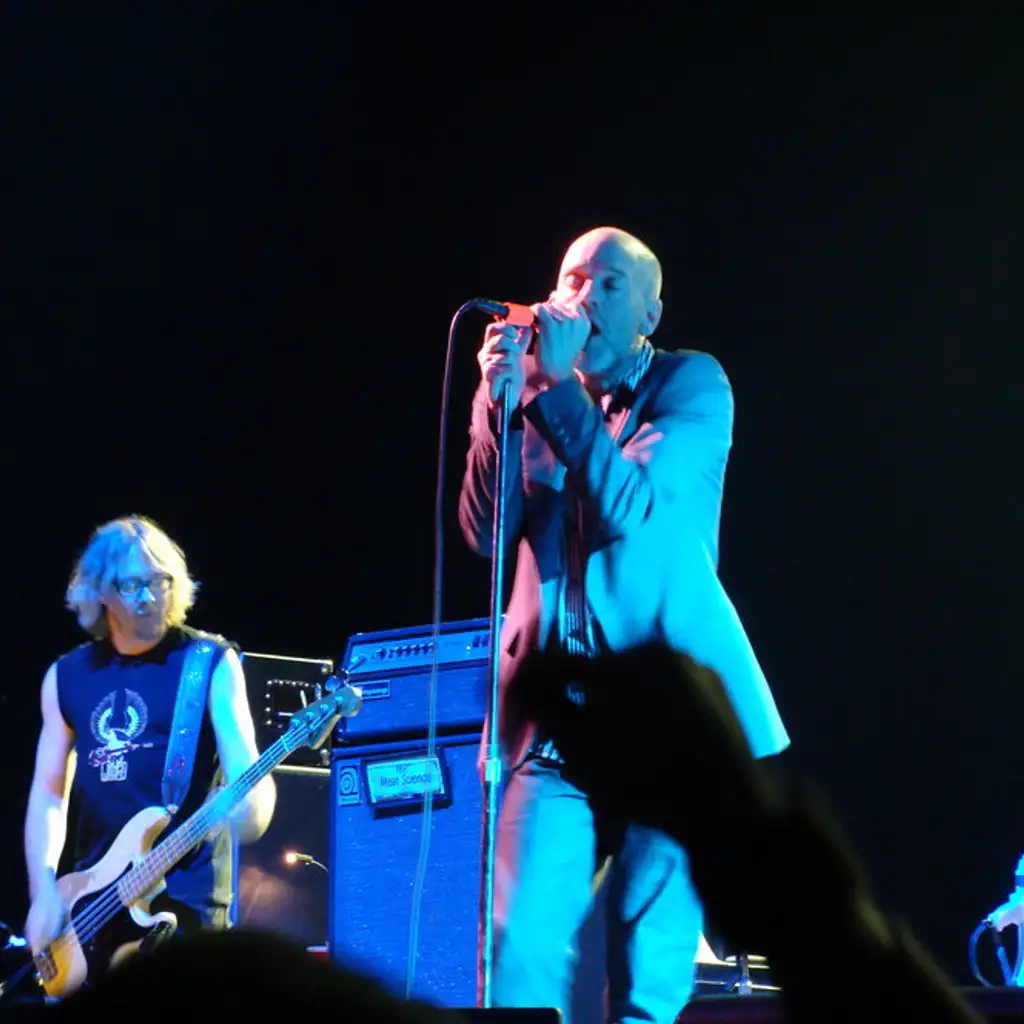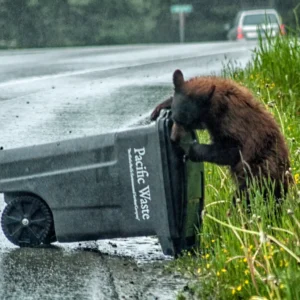In the annals of music history, few stories are as intriguing as the journey of R.E.M.’s debut single, “Radio Free Europe.” This track, paired with “Sitting Still,” was originally released in a version that has since become legendary among fans and collectors. Unfortunately, many of these rare records, including my own cherished copy, were lost in a basement flood, erasing a piece of musical history from my collection.
The original version of “Radio Free Europe” was produced by Mitch Easter, a key figure in the North Carolina music scene. Easter’s Drive-In Studios, located in his parents’ garage in Winston-Salem, played a crucial role in the development of new music during that era. Despite its humble setting, the studio was equipped with decent, albeit limited, equipment. Easter reminisced about the creative atmosphere, saying, “We were thinking about this imaginary new world that we all lived in.”
R.E.M.’s “Radio Free Europe” quickly became a breakthrough hit, igniting a revolution in independent and college radio. While mainstream audiences initially overlooked the band, this allowed R.E.M. to develop their unique sound and identity without the pressures of commercial success.
Beyond the well-known Hib-Tone and “Murmur” versions of the song, there exists another lesser-known variant. This version, also produced by Easter, was part of R.E.M.’s early demos. Due to a mix-up with mislabeled master tapes, this version appeared on a few compilations before fading into obscurity. Easter has since clarified the confusion surrounding these recordings, shedding light on the song’s complex journey through the early 1980s music scene.
In an exciting development, R.E.M. and Craft Recordings/Concord are set to reissue the original Hib-Tone seven-inch of “Radio Free Europe” b/w “Sitting Still” this Friday. This release offers fans a chance to experience the track in its original form, accompanied by insights from Mitch Easter about the song’s storied past and its impact on rock history.








